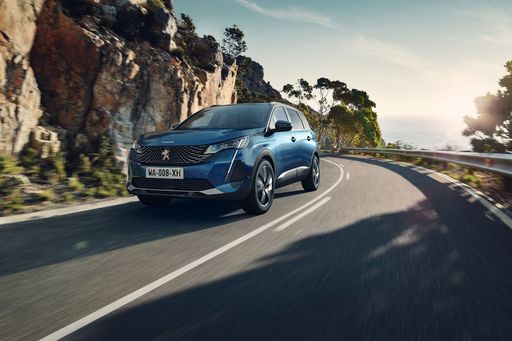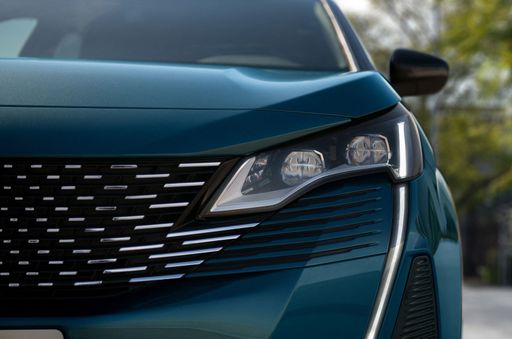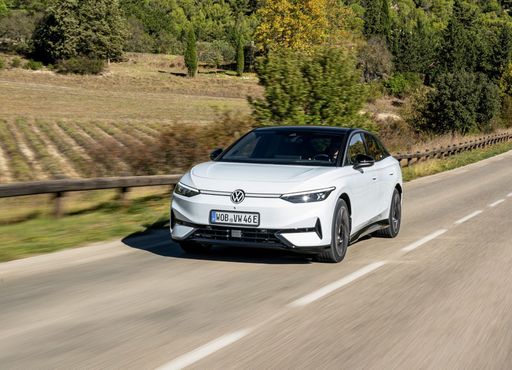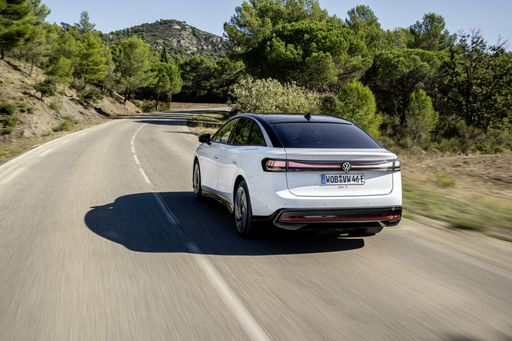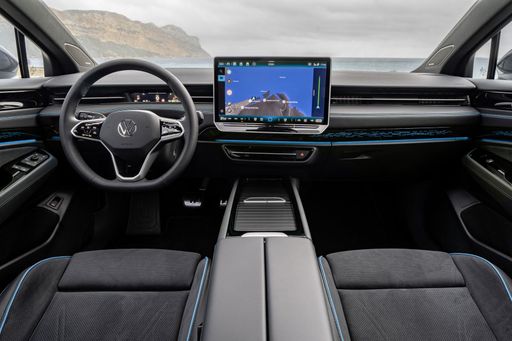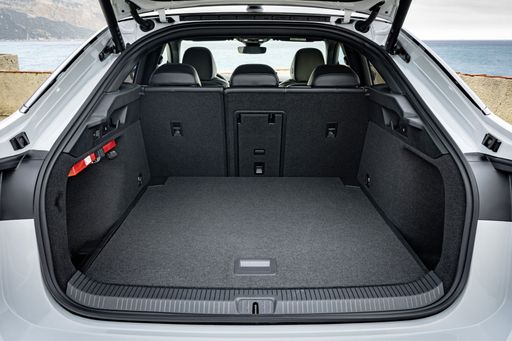Comparing the Peugeot 5008 and Volkswagen ID.7: Where Versatility Meets Innovation
In the ever-evolving landscape of the automotive industry, consumers are faced with a multitude of options when it comes to choosing their next vehicle. This article delves into a head-to-head comparison between the Peugeot 5008 and the Volkswagen ID.7, two vehicles that embody different philosophies of automotive design and engineering. While the 5008 stands as a versatile SUV, the ID.7 represents the cutting edge of electric vehicle technology.

